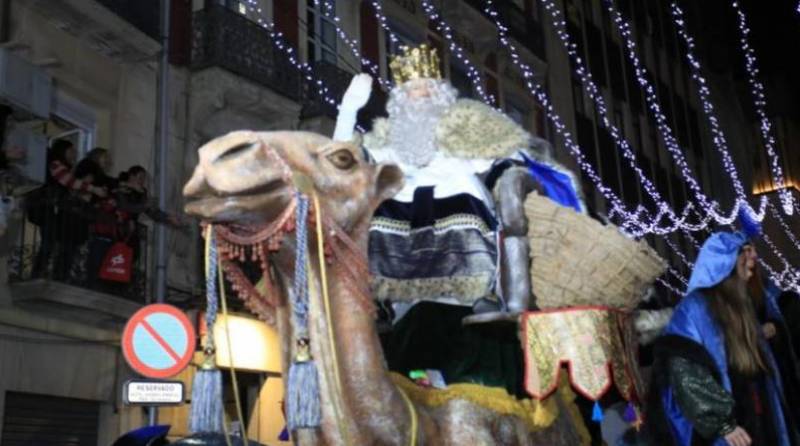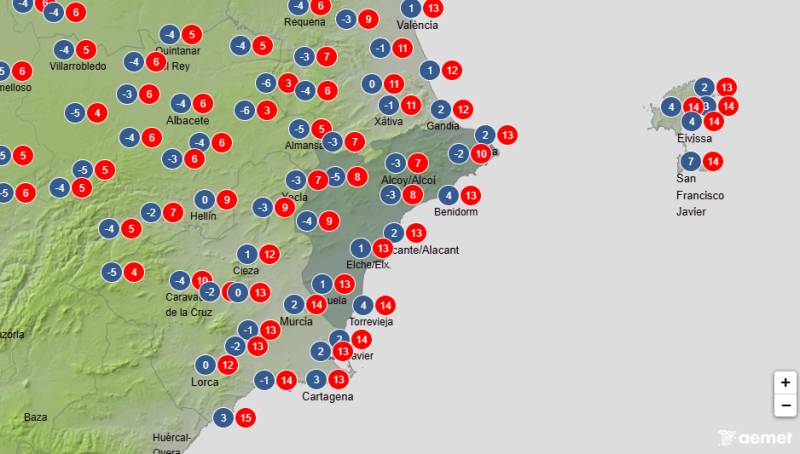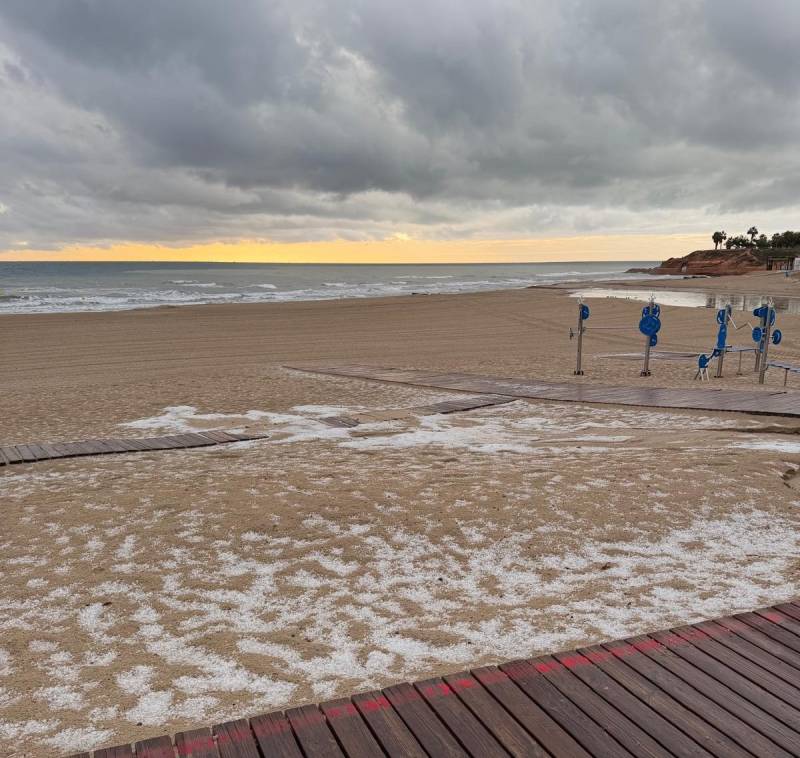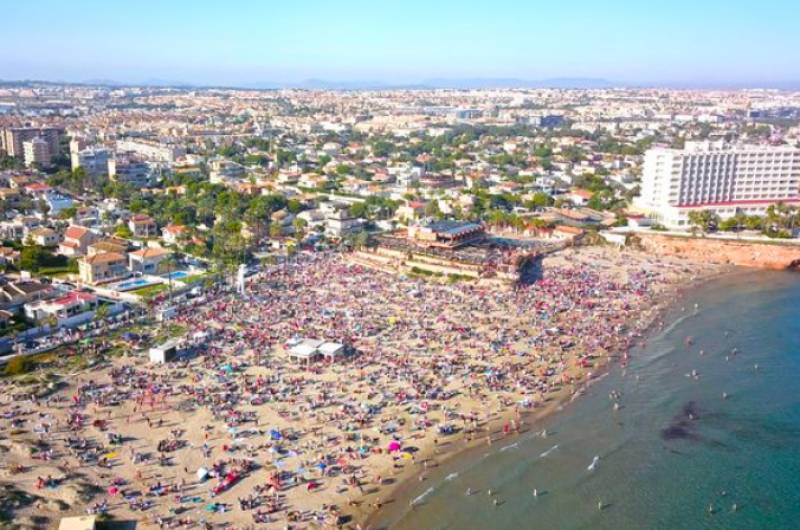

Guidelines for submitting articles to Santa Rosalia Today
Hello, and thank you for choosing Santa Rosalia.Today to publicise your organisation’s info or event.
Santa Rosalia Today is a website set up by Murcia Today specifically for residents of the urbanisation in Southwest Murcia, providing news and information on what’s happening in the local area, which is the largest English-speaking expat area in the Region of Murcia.
When submitting text to be included on Santa Rosalia Today, please abide by the following guidelines so we can upload your article as swiftly as possible:
Send an email to editor@spaintodayonline.com or contact@murciatoday.com
Attach the information in a Word Document or Google Doc
Include all relevant points, including:
Who is the organisation running the event?
Where is it happening?
When?
How much does it cost?
Is it necessary to book beforehand, or can people just show up on the day?
…but try not to exceed 300 words
Also attach a photo to illustrate your article, no more than 100kb

Plaza El Portal de Elche in Alicante City
The giant 'elephant' trees make this a great shaded spot to sit and enjoy a refreshing cocktail
Just a couple of minutes from the cruise ship port and metres back from the Explanada de España is the Plaza El Portal de Elche, situated at the south end of the Rambla de Méndez Núñez in the central district of the city of Alicante. Today it is an attractive shady plaza with lovely outdoor spaces for drinking a refreshing cocktail or an iced coffee, but the plaza also has a fascinating history. During its long life it was used as a public execution place and was later the place to go for the city's main water supply.
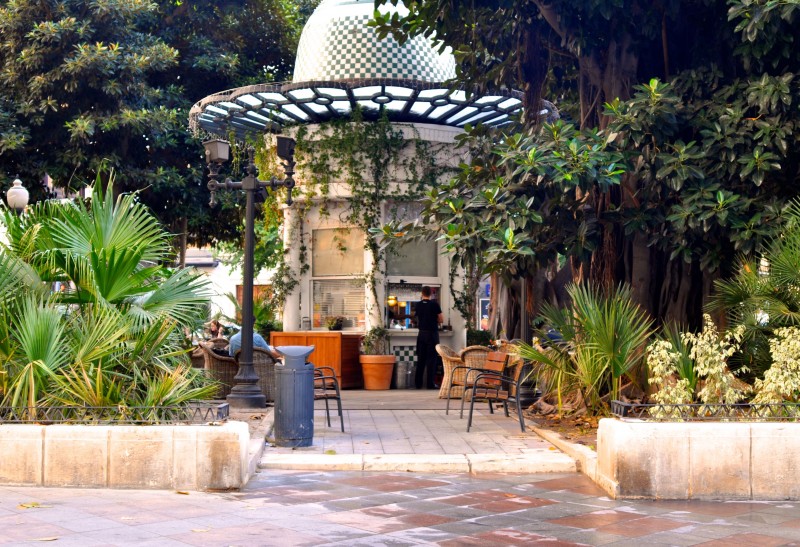
The plaza is constructed on the site of a fortress gate which was built by the Moors in the medieval period back when Alicante was a walled fortified city (the Moors occupied southern Spain between the 8th and 13th centuries). The fortress gate was originally called Puerta de Murcia before being renamed Puerta de Elche and later El Portal de Elche.
The plaza also took on a variety of forms over the years and possessed different names at different points in history. It was formerly known as La Plaza de Elche, then Plaza de Las Horcas, Plaza Real de Fernando VII, Plaza de Constitución, and after the Civil war it was named Plaza del General Franco, before it finally received its current name, after another square called the Plaza de la Montañeta was constructed nearby.
Visitors of the Plaza de Portal de Elche would find it hard to imagine that years ago this was actually where the city’s public executions would take place, hence its previous name, ‘Plaza de Las Horcas’ meaning ‘the square of the gallows’. Criminals from the city of Alicante and the surrounding towns would have been publicly gibbeted in the middle of this square, until 1811 when public executions of this kind were abolished in Spain and replaced by garrotting, as the former execution method was deemed far too revolting for the citizens to witness.
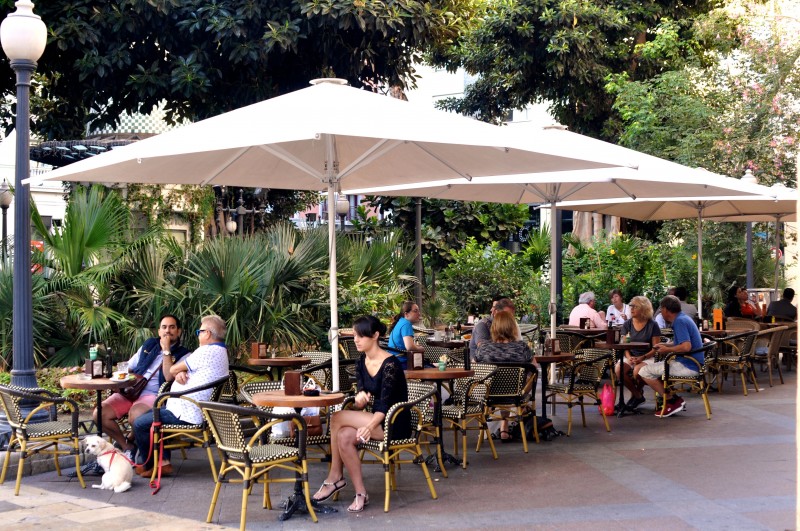
In 1869 after public executions had fortunately become something of the past, the mayor of Alicante, Eleuterio Maisonnave planted the ‘tree of freedom’ in the square and renamed it the Portal de Elche, because this marked the departure point for the main road which led to the neighbouring city of Elche. Opposing Absolutists sadly uprooted the tree in 1881 when the absolutist regime regained power in Spain.
However, that same year the Marquis of Benalúa, José Carlos de Aguilera installed a water fountain in the square, which was lit up by chandeliers of sixteen glass globes and gaslights. The fountain gave the plaza a totally different function, as it was converted into the main water source for the city of Alicante, supplying fresh spring water from the mountains of La Alcoraya.
The plaza became a popular meeting place for the residents of Alicante during the 1970s, as they used to collect their water and buy their daily newspaper from one of the kiosks that were situated at the four corners of the square. A replica of the kiosks that would have existed back in the 19th century is now in the middle of the plaza, which for a long time was a tourist information point before it was converted into the attractive cocktail and coffee bar named Soho that we see today.
For many years the plaza was also home to the huge star-shaped sculpture named “Como una estrella” (‘Like a star’), created by the famous Spanish sculptor Eusebio Sempere, before it was then relocated to Plaza de La Estrella, the roundabout that joins the Avenida de Maisonnave and Avenida de Óscar Espá.
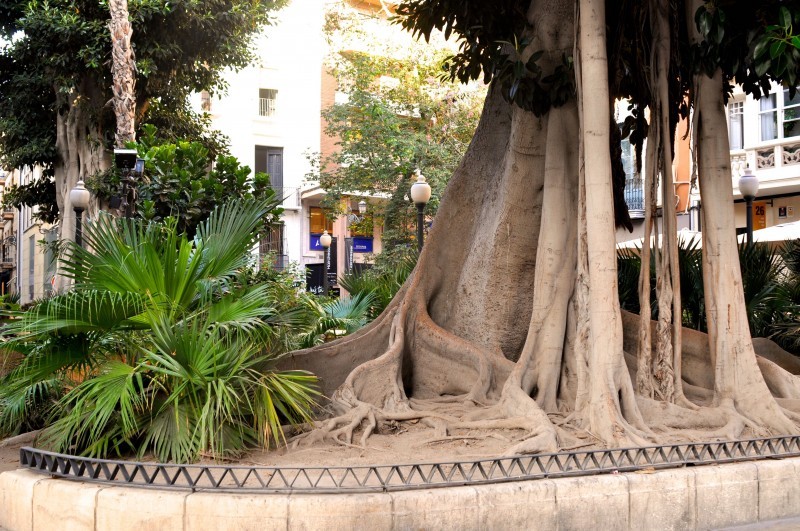
Divided into four flowerbeds, the current square is characterised by the luxuriance of many trees and plants, and remains totally covered and shaded by the crowns of four giant Ficus macrophylla trees whose enormous branches drop down giving them the appearance of elephant trunks. Three of the Ficus trees are actually protected by the law due to the considerable size of their trunks which are are over 6 metres high and 1.30 metres wide at the base. The total height of these ancient trees can reach between 13 and 19 metres, with the diameter of the tree crowns spreading across by 16 to 21 metres. In fact their routes grow so fast that the town council has to undertake regular maintenance on the Ficus to prevent them from being invasive and creating cracks in the surrounding buildings.
Surrounding the plaza are cocktail bars, wine bars, cafés, and ice cream parlours as well as a place selling authentic turrón from Jijona. The plaza is very busy at any time of the day, as locals and tourists absolutely love this spot for its central location, ample outdoor seating and picturesque setting, ideal for sitting and enjoying a refreshing beverage, with the tall trees and pretty plants providing a peaceful green space amid the bustle of city life.
Click here for more information about visiting the City of Alicante, including what's on and where to go: Click for the dedicated Alicante City section













